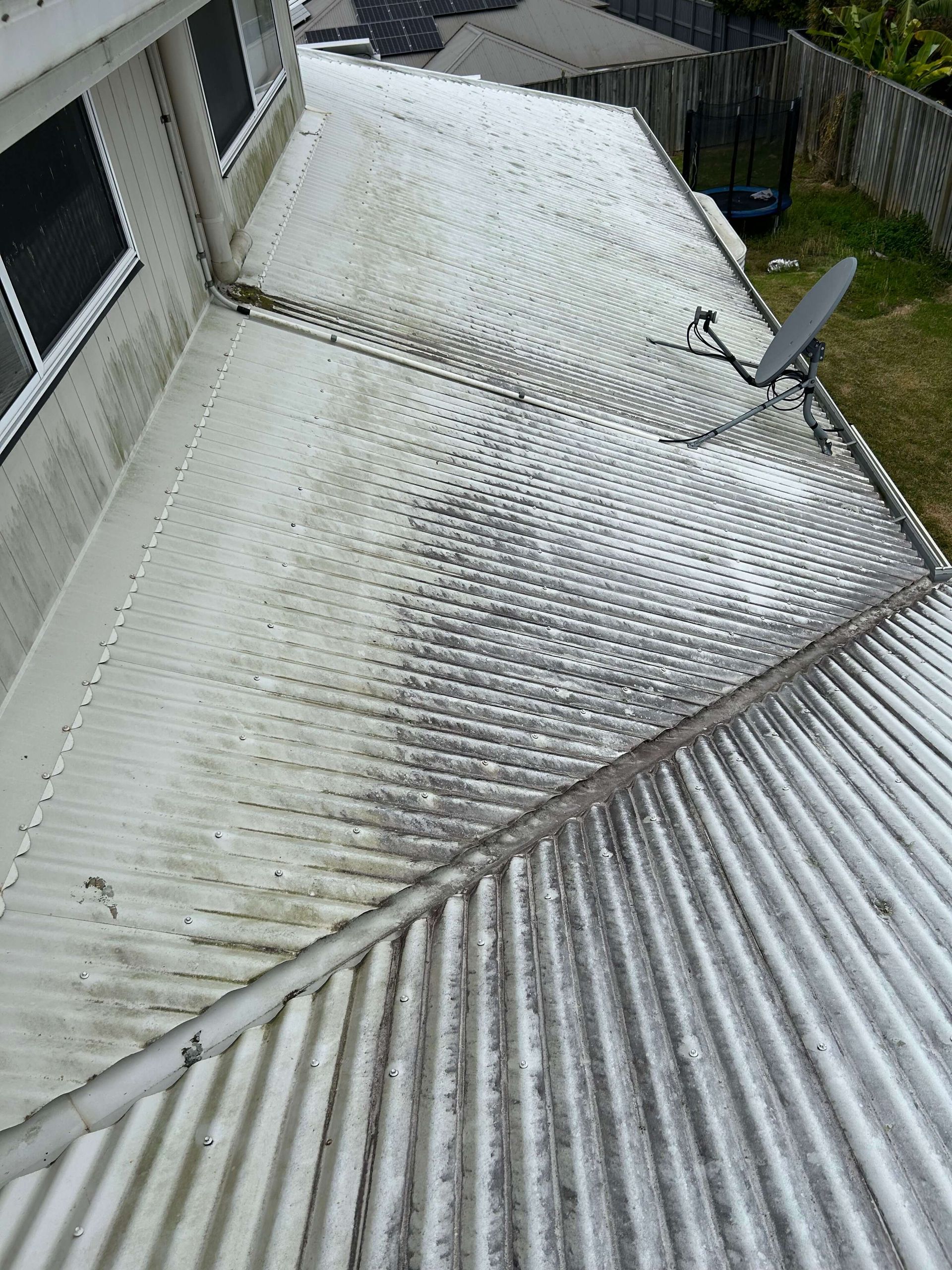ORGANIC GROWTH
Identifying different forms of organic growth.
MOSS
Moss is probably the easiest type of growth to identify. Its size can range from small patches to large, fuzzy clusters. While moss doesn’t have true roots, it possesses tiny structures that mimic roots and will develop its own substrate by gathering soil and debris from its surroundings.
MOULD
The presence of mould often indicates deeper problems that originate within the home. Mould stands out as one of the most dangerous fungi that can grow, presenting considerable health hazards. This type of fungus usually appears slimy and can be found in shades of black, brown, or dark green, frequently showing up as streaks of black or greenish tones. Its surface can become highly slippery, resulting in a perilous walking environment.
ALGAE
Common in warm, humid regions, algae thrive in shady, damp spots, particularly on cooler sides of a property. Unlike other plants, algae lack roots and leaves but need nutrients to grow. Algae often starts from a single spore carried by wind. If conditions are right, growth begins, aided by humidity, though rain isn’t necessary.
MILDEW
The presence of mildew in your shower is not only unattractive but also poses health risks, and the same applies to mildew on the outside. Roofs lacking effective drainage systems are particularly susceptible to mildew, which proliferates swiftly in warm, damp environments. Typically, mildew appears as light gray, pink, or black patches.











